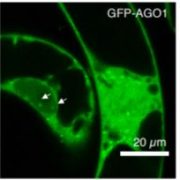
Small RNAs in the maillot jaune: transcriptional analysis of the plant cell cycle
Research, The Plant Cell, The Plant Cell: In BriefThe cell cycle is a tightly coordinated dance with the ultimate goal of dividing one cell into two. Eukaryotic cells tend to divide in the same general pattern, broadly reduced to four phases; cells increase organelle content in the G1 phase, DNA replication occurs in S phase, cells grow in size and…
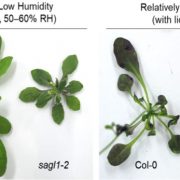
SAGL1-CER3 Function in Cuticular Wax Biosynthesis in Response to Humidity
Research, The Plant Cell, The Plant Cell: In a NutshellKim et al. reveal how the SAGL1-CER3 module regulates cuticular wax biosynthesis in response to ambient humidity. Plant Cell https://doi.org/10.1105/tpc.19.00152
By Hyojin Kim and Mi Chung Suh, Department of Life Science, Sogang University, Republic of Korea
Background: The hydrophobic cuticle…

Faculty Job: Myths & Realities - an interview with Kaisa Kajala
Blog0 Comments
/
About you
Describe your journey from student to newly appointed faculty
Childhood & schooling: countryside in Central Eastern Finland.
Undergrad: Biological Natural Sciences, University of Cambridge, UK (2003-2006). PhD with Julian Hibberd, University of Cambridge, UK (2006-2010).
Two years…
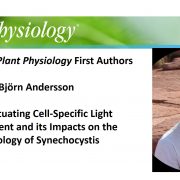
Recognizing Plant Physiology first authors: Bjorn Andersson
Plant Physiology, Plant Physiology: Author ProfilesBjorn Andersson, first author of The Fluctuating Cell-Specific Light Environment and its Impacts on the Physiology of Synechocystis
Current Position: Ph.D. candidate at University of Gothenburg, Gothenburg, Sweden
Education: Bachelors of Science in Marine Sciences from University of Gothenburg,…
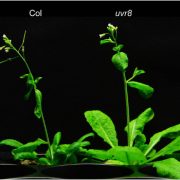
UV-B attracts inflorescence stems
Research, The Plant Cell, The Plant Cell: In a NutshellVanhaelewyn et al. examine phototropism in adult plants. Plant Cell https://doi.org/10.1105/tpc.18.00929
By Lucas Vanhaelewyn1, András Viczián2, Filip Vandenbussche1
Laboratory of Functional Plant Biology, Department of Biology, Faculty of Sciences, Ghent University, KL Ledeganckstraat 35,…
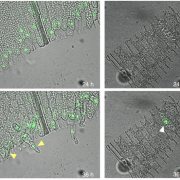
Physcomitrella STEMIN transcription factor induces stem cell formation with epigenetic reprogramming (Nature Plants)
Plant Science Research WeeklyInsights into transcription factors (TFs) in non-flowering plants are increading thanks to the establishment of new bryophyte model organisms. In new work, Ishikawa et al. present STEMIN1, a Physcomitrella patens TF belonging to an uncharacterized subgroup of the AP2/ERF family. Physcomitrella undergo…
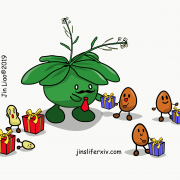
Arabidopsis endosperm response to paternal genome dosage is regulated by small RNA pathway (Plant Cell)
Plant Science Research WeeklyThe endosperm, a tissue that transfers nutrients from maternal tissue to the embryo, is normally triploid, with two copies of the maternal genome and one of the paternal genome. Excess paternal genomes usually leads to endosperm abnormalities and seed abortion. Previous studies have shown that the RNA…
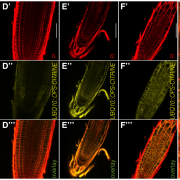
An insulator of CLE-signaling boosts cell-differentiation in protophloem formation
Plant Science Research WeeklyWaddington’s epigenetic landscape, a famous metaphor in developmental biology, depicts how a stem cell progresses from an undifferentiated state to a differentiated one. To some degree this metaphor can also be applied to root cell differentiation. It’s well-known that the CLE-45 peptide and its…
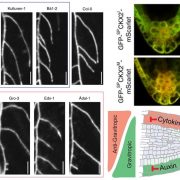
Cytokinin functions as an asymmetric and anti-gravitropic signal in lateral roots (Nature Comms)
Plant Science Research WeeklyLateral roots help plants to explore the soil and environmental conditions. Waidmann et al. took advantage of natural variants to understand lateral growth angle by analyzing gravitropic set point angle (GSA). Using Col-0 as a reference, lines that over- or under-respond (steeper or shallower root angle)…

